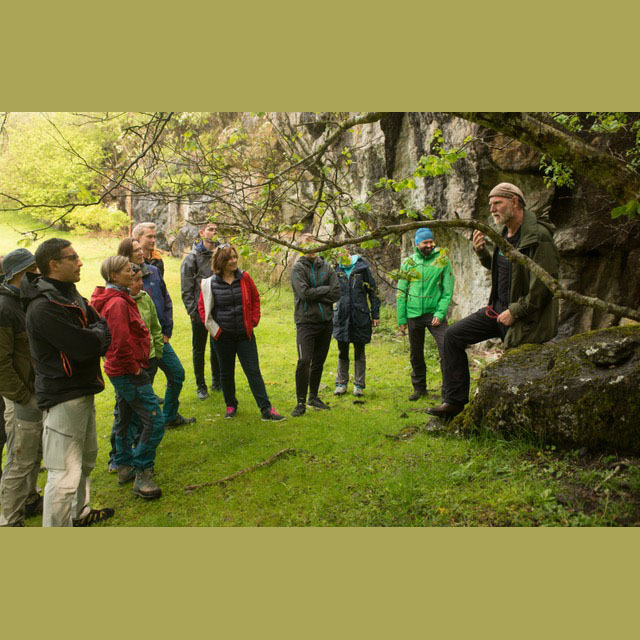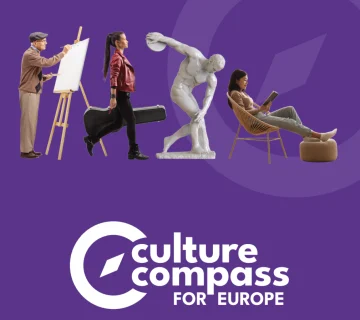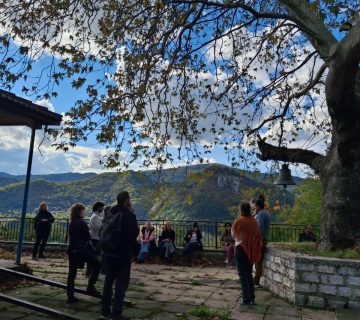Sometimes you must reconsider your qualities. It can be quite advantageous, as was the case for me when I took a CIG course.
I work at Geopark Sunnhordland, which straddles both sides of the outer Hardanger Fjord, on Norway’s west coast. We secured Norwegian Geopark status in 2019 and are now applying for membership of the UNESCO Global Geopark Network. Sunnhordland features a wide range of island arc geology exploited by humans as far back as 10,000 years ago, while our majestic mountains, fjords, waterfalls, giant potholes and moraines ably tell the story of the Quaternary period.
Applying for UNESCO Global Geopark (UGGp) status is a comprehensive task, not only on paper but also on the ground. The geopark must have certain operational features to meet UGGp criteria, both in terms of installations such as visitor centres with facilities, information panels and maps, and the dissemination of information by qualified personnel. As a teacher and presenter with some interpretive experience in various situations, I felt relatively qualified as a guide indoors and outdoors. Yet, the UNESCO application did not ask for my opinion on my own qualifications, only if we had skilled interpreters. In Norway there is no system for training or certifying interpreters or nature guides. So, after being inspired by Norwegian Parks Association Director, Kristian Bjørnstad, I registered to join an IE CIG course, which took place in Norway in September 2021.
With my place on the course confirmed, I drove to Aurland, a magical place at the end of Sognefjord, to participate in an intensive five-day programme, with the aim of getting an ‘extra medal’ for my park’s UGGp application.
Happily, I passed the homework assignment some weeks later and was able to highlight our capacities in interpretation and education on the application form, but those five days in Aurland offered much more. Firstly, I spent time with a group of fine folks, all experienced and dedicated to nature interpretation. Our experienced trainer guided us through a quality-based system comprising a varied range of lectures and exercises, to find the meaning, identify with the subject and to test our newly acquired interpretive skills on our fellow trainees, with immediate feedback.
It made sense. It improved my performance. I learned from a system in which I could recognise aspects from my military education a long time ago, from theatre school, from teaching, and from storyboards in documentaries I now make. The quality lies in the system, the path to follow when planning a lesson, a path also going back to those who started the idea of a holistic form of nature interpretation. Yet, the key is, in my opinion, to identify with the issue, whatever it is, and show affection to what you interpret. That seems right. That’s what good stories do and we remember good stories because they touch us, as did this CIG course.
I am now promoting the IE CIG course to others in my network and will use it as much as possible for new colleagues in our geopark, interpreting our geo-heritage for the benefit of local people and visitors in the years to come.
Thanks for having me!
Brynjar Stautland is a teacher and filmmaker. He is the CEO at Geopark Sunnhordland in Norway (www.geoparksunnhordland.no), which is now applying for UNESCO Global Geopark-status. Brynjar is also an IE Certified Interpretive Guide. You can contact him at: brynjar@geoparksunnhordland.no.




